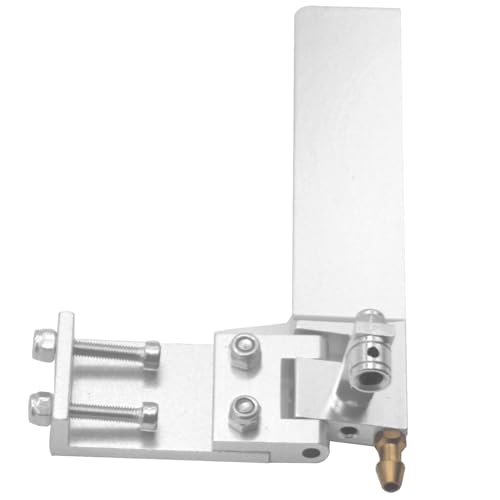Next 2S2P in "n2" - "P" - "Q" etc.
It is not because I want to pull 200AMPS
It is because I don't want to pull more then 10C
and my packs will weigh more then my old 6 sub C's packs.
Reason is if you pull 20C you will only get about 50 good cycles out of your packs.
If you only pull 10C you will get over 200 cycles out of your packs.
Pack life is one of the big reasons that we want to change to Lipos
2P packs is what is going to give us good pack life. staying closer to that 10C
Also If I buy a 2S2P - 10,000mAmp pack to use in a "N2" offshore 4 Min. race.
it is the same pack that I am going to use in my "N2" sprint boat also.
Saftey wise the larger mAmp packs that you run, the safer you will be.
They tell us to never use more then 80% of your pack total mAmp.
So to be safer I want to run packs that are 40% over my race setup mAmp.
And my packs are heavier then yours.
So why should any racer tell an other racer that he has to run a smaller mAmp pack
and not be as safe as he wanted to be, and now has to pull a larger C rate out of his packs,
which in turn will give him a shorter pack life.
Larry
It is not because I want to pull 200AMPS
It is because I don't want to pull more then 10C
and my packs will weigh more then my old 6 sub C's packs.
Reason is if you pull 20C you will only get about 50 good cycles out of your packs.
If you only pull 10C you will get over 200 cycles out of your packs.
Pack life is one of the big reasons that we want to change to Lipos
2P packs is what is going to give us good pack life. staying closer to that 10C
Also If I buy a 2S2P - 10,000mAmp pack to use in a "N2" offshore 4 Min. race.
it is the same pack that I am going to use in my "N2" sprint boat also.
Saftey wise the larger mAmp packs that you run, the safer you will be.
They tell us to never use more then 80% of your pack total mAmp.
So to be safer I want to run packs that are 40% over my race setup mAmp.
And my packs are heavier then yours.
So why should any racer tell an other racer that he has to run a smaller mAmp pack
and not be as safe as he wanted to be, and now has to pull a larger C rate out of his packs,
which in turn will give him a shorter pack life.
Larry



































